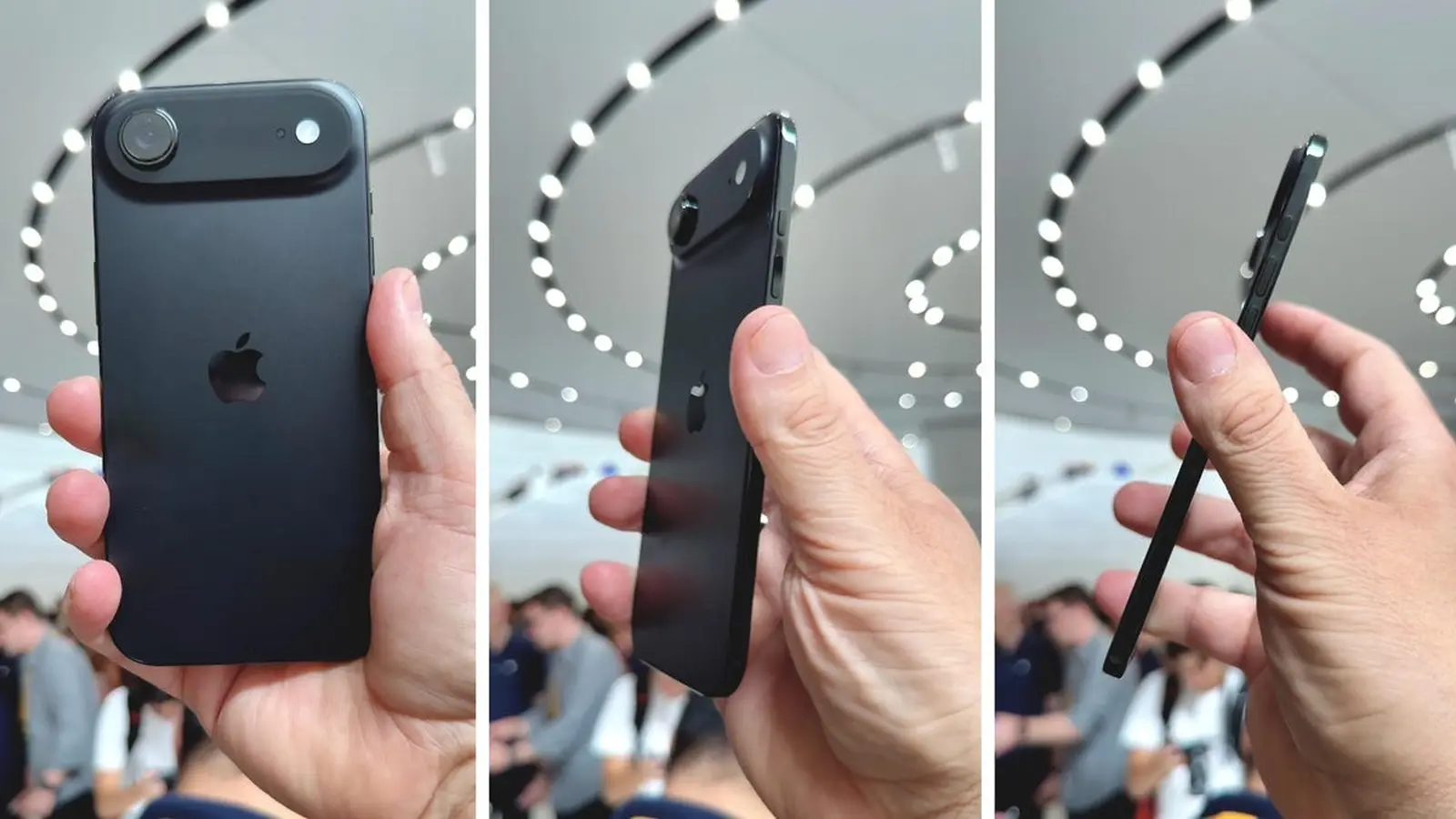3 Minutes
Air travel rules are quietly shaping smartphone battery sizes — and that helps explain why Apple and Samsung often ship phones with more modest batteries while some Chinese brands advertise massive capacities. It’s not just cost or design choices: safety regulations and shipping restrictions play a big role.
Why some phones have giant batteries and others don’t
If you’ve noticed Chinese OEMs stuffing mid-range phones with 6,000mAh-plus cells while Samsung and Apple stick to smaller packs, you’re not imagining things. On the surface many point to pricing and product positioning. But a major, less obvious factor is how regulators treat lithium batteries for air transport in key markets like the US and EU.
The 20Wh tipping point that changes everything
The International Air Transport Association (IATA) and regional regulators treat batteries above a certain Watt-hour (Wh) rating as "dangerous goods." The commonly referenced threshold is 20Wh — batteries under that level avoid stricter labeling, packaging and transport controls. That matters because manufacturers that ship large volumes into the US and EU want to avoid the extra cost, paperwork and logistical friction associated with sending phones that exceed the limit.
How to convert mAh into Watt-hours (simple math)
Battery capacity is usually quoted in milliampere-hours (mAh), but air-transport rules use Watt-hours. Use this quick formula:
- Wh = (mAh / 1000) × nominal voltage (typically ~3.7V)
- Example: a 4,000mAh battery ≈ (4,000/1,000) × 3.7 = 14.8Wh
By that math, many flagship cells (4,000–5,000mAh) sit safely below 20Wh. But a 6,500mAh pack jumps above the threshold — roughly 24Wh — triggering the stricter rules.

Real-world quirks: regional versions and trimmed capacities
Take the vivo X300 Pro as an example. The version sold in China has a 6,510mAh battery, while the EU variant is listed at 5,440mAh. That reduction isn’t random. Selling a lower-capacity model into markets governed by tighter air-transport rules can reduce regulatory headaches. Small adjustments—lower reported capacity, different nominal voltage, or variant-specific batteries—let manufacturers avoid crossing the 20Wh line where possible.
What this means for Apple and Samsung users
Apple and Samsung sell vast numbers of phones in western markets with strict air-safety oversight. To simplify global logistics and keep compliance costs predictable, these companies often cap battery sizes so devices remain outside the "dangerous goods" bracket. The result: conservative battery choices you may blame on corporate thriftiness — but which are partly driven by safety and shipping policy.
Beyond rules: design, certification and user impact
Regulation is one factor among many. Thermal design, battery lifecycle, device thickness and wireless charging strategy all influence capacity decisions. Still, air-safety limits are a practical constraint manufacturers weigh when planning global releases.
So the next time your iPhone or Galaxy runs low late in the day, remember: sometimes the decision to stay below a regulatory line is as important as the choice to chase headline-grabbing mAh numbers.
Source: wccftech


Leave a Comment